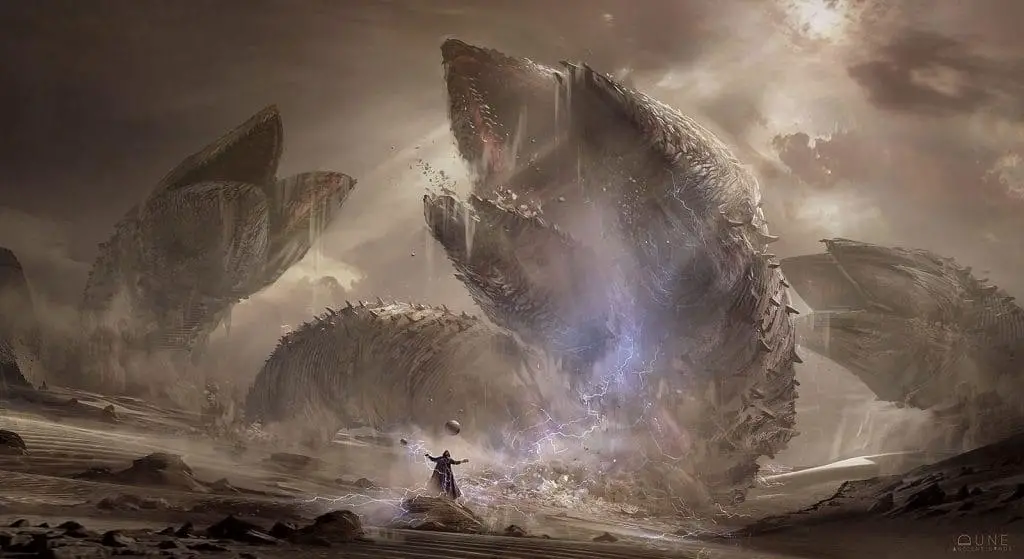
It’s easy to forget how much can be said in a film with a lingering image, a close on the face of a character or a sweeping shot of the landscape. Francois Ozon is the kind of director who’s incredibly good at reminding you of this simple fact. With his probing camera and subtle style, Ozon reinforces the hope that the cinema truly can speak in pictures alone.
As in his critically acclaimed 1999 feature, “Water Drops on Burning Rocks,” Ozon explores themes about the devastating power of love in his latest effort. With “Under the Sand” Ozon has concocted a strikingly beautiful meditation on loss. Marie (Charlotte Rampling) and Jean (Bruno Cremer) are a mundane, middle-aged couple vacationing at their country house. On their first trip to the beach, Jean goes for a swim and never returns to shore.
Forging ahead without her beloved husband, Marie seemingly succeeds at going on with her life. She sees friends, continues to teach at her university and frequents the gym. However, she also imagines that Jean is still with her, waiting for her in their apartment as though nothing has changed.
Vacillating between denial and insanity, Marie constructs a reality grounded partially in fact and partially in fiction. The fascinating aspect of Ozon’s heroine is the way in which she occupies a number of dual roles: she is at once strong and weak, sane and insane, grief-stricken and joyful.
The host of possibilities surrounding Jean’s death (the fact that he might have committed suicide or simply run off, never having entered the water at all) gives credence to the wavering states of Marie’s psychosis. Because there are no answers, the line between what Marie chooses to believe and what she is allowed to believe can never be drawn.
Somewhat similar to Keith Gordon’s Waking the Dead, which starred Billy Crudup as an aspiring politician haunted by the image of his supposedly-deceased activist girlfriend who may or may not be a fiction of his aching heart, “Under The Sand” explores the boundaries of love and asks if there is any sane way to recover from their damage, if one can recover at all.
Throughout the picture, Ozon lingers on Charlotte Rampling’s striking visage. The repeated shots of Rampling, surprisingly, never get tired. Whether it is the brilliance of Ozon’s camera, the limitless scope of Rampling’s emotional countenances or the convergence of the two, the effect is such that we are
drawn deeper and deeper into the despair and confusion of Marie’s journey.
But Ozon’s camera doesn’t simply delineate his heroine, it soaks up the entire landscape. In one scene, Rampling returns to look out on the ocean that may have swallowed her husband whole. As she gazes on the swath of blue stretching out before her, Ozon cuts to the vast ocean and then back to Rampling, framing her from below so that she towers over the screen. The image, while simple enough, speaks volumes about the film. In Under the Sand, Ozon shows the horrifying vulnerability of Marie’s existence, yet reveals its solitary power. It is a tenuous place that she has been plunged into, and Ozon has taken us there with her.
